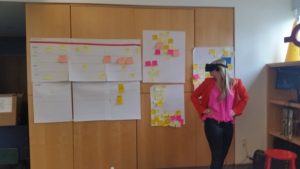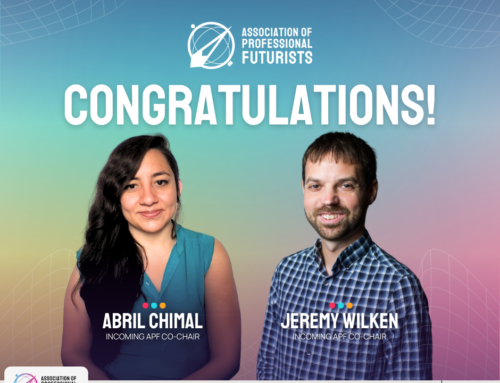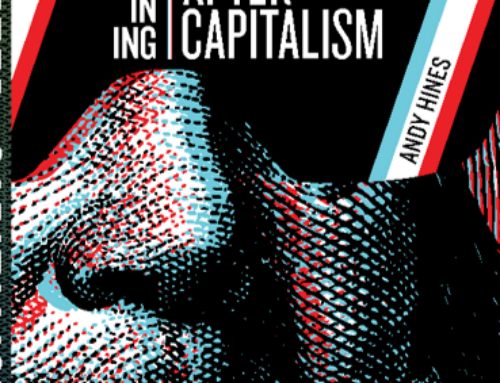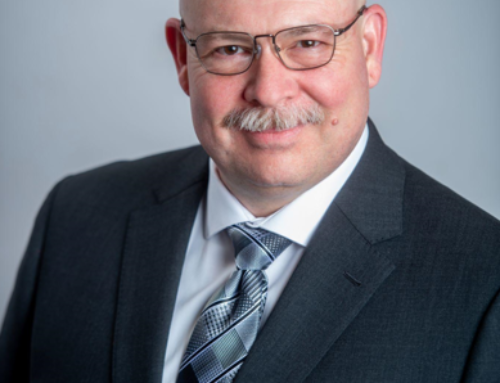A few weeks ago, I was asked to keynote the morning of a week-long training a for large healthcare insurance provider. They had already spent time exploring “Today” and now were going to be turning their attention to the future.
This is a pretty common request for a known futurist. Companies want us to come in, set the tone and inspire. The crowd “mmm’s” and nods their head on a few delicious foresight quotable quotes such as:
“The future is already here – it’s just unevenly distributed”
“Foresight is not about predicting the future, it’s about finding plausible and provocative scenarios that may unravel and determining the action we can take TODAY to take advantage of that future”
“Change is hard, but stagnation is fatal”
Typically, when I’m asked to do one of these presentations, and after I understand the goal, I’m able to quickly build a wireframe based on previous presentations. For this 30-minute keynote, I spoke about:
- Myself and background on how I became a futurist
- The history of modern-day foresight
- 4 reasons your trends aren’t working
Each of these points will have their own post in the future…
I am often asked to speak on the “Future Of <a topic>. And I often decline. Although futurists should know a lot about everything, it still takes tremendous extra effort to come with a “Future Of…” keynote that is surprising, thought-provoking and fresh. I could come in with the top 5 or so megatrends in the industry but my hope is that these leaders in healthcare would already be well-versed.
It was a good group of about 30 leaders present, they laughed at my jokes, aww’ed and ooo’ed. After 30 minutes of presenting, it was Q&A time. Some of the questions, I’ve had many times before:
- “How do you take action on scenarios?”
- “What’s the best way to start?”
- “Have you heard of X trend”
- “Where should be invest our money?” <I laugh at this one and let them know that if I was that kind of futurist, I would be off at my vacation home in the south of France>
And some of the questions were especially challenging to me in the moment / on the spot. Over the next few weeks, I am going to sit down with each of these questions and share my thoughts:
- What are your top trends?
- How far out can you predict?
- How do you filter out the noise when scanning?
- What do you wish your clients asked you?
Till then!





